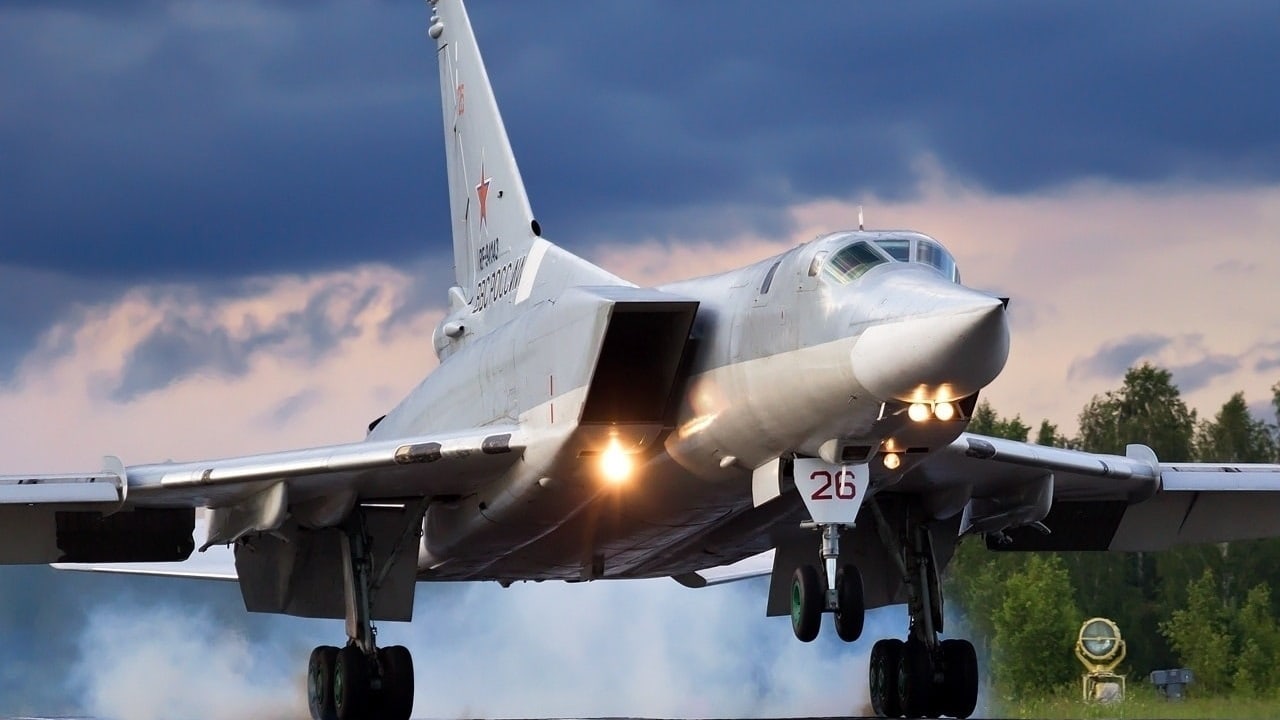Iran is watching closely events in Ukraine with a focus on missile technology and warfare – Russia has launched nearly 2,000 ballistic and cruise missiles during its ongoing invasion of Ukraine. The scope and scale of its barrage are unprecedented in the realm of 21st-century warfare. While the majority of the international community has condemned Putin’s indiscriminate bombardments of Ukrainian cities to some degree, the Islamic Republic of Iran has a different takeaway.
Iran is Studying Activity
The Iranian Revolutionary Guard Corp. (IRGC) and the Russian military bear parallel strategy and tactical capacity to some degree. Iran has witnessed Russia’s inability to project air superiority over Ukraine and observed its consequential reliance on its missile arsenal to maintain an upper hand over its perceived enemy. In recent years, the IRGC has depended on the development of its missile arsenal to serve as a critical tool of deterrence. Russia’s invasion of Ukraine has proved the merits of this strategy.
In the last five years or so, Iran’s missile arsenal has greatly expanded to include highly accurate ballistic missiles, cruise missiles, and drones. While Iran perhaps first began to prioritize its missile development with the ultimate ambition of using them as nuclear delivery systems, the regime’s success in utilizing these weapons in recent conflicts and missions has proved ulterior usefulness. The IRGC has used its newly advanced arsenal to conduct attacks targeting the Islamic State in Syria, oil facilities in Saudi Arabia, and Kurdish groups in northern Iraq. Iran has also been supplying its militias across the region with more lethal explosive-laden drones.
Iran’s emphasis on its missile capabilities is even spelled out in an internal bulletin from the IRGC. It reads, “Missiles, by building the balance of fear, can prevent war and will force adversaries to resort to diplomacy.” While this push to advance its missile arsenal began years before Russia’s invasion of Ukraine, the ongoing conflict has strengthened Iran’s assertion. According to the Middle East Institute, Iran’s Deputy Chief of General Staff for the Armed Forces, Maj. Gen. Aziz Nasirzade, referred to Russia’s use of missiles in Ukraine as a teachable moment. He added, “The key lesson from the Ukraine war is that you cannot close your eyes on deterrence and talk about limiting your missile (military) power.”
Additionally, Russia’s constant bombardment of Ukraine has sidelined its Air Force’s weak display of airpower. Despite its poor performance in the skies, Russia’s missile barrage has caused large-scale destruction and setbacks for the Ukrainian army. The Iranian Air Force flies very outdated U.S. airframes and would be unlikely to project air power against its adversaries in conflict. If Russia can make up for its poor air performance with its large missile arsenal, why can’t Iran?
The logic that a country cannot depend on assurances from foreign powers to guarantee its security has molded Iran’s tactical priorities. The ongoing U.S-Iranian joint nuclear negotiations in Vienna have been fruitless at best, and the regime views these negotiations as precarious and unreliable anyway. In the eyes of Iran’s leadership, its growing and advancing missile power is the only way to achieve effective deterrence.
Maya Carlin is a Middle East Defense Editor with 19FortyFive. She is also an analyst with the Center for Security Policy and a former Anna Sobol Levy Fellow at IDC Herzliya in Israel. She has by-lines in many publications, including The National Interest, Jerusalem Post, and Times of Israel.

